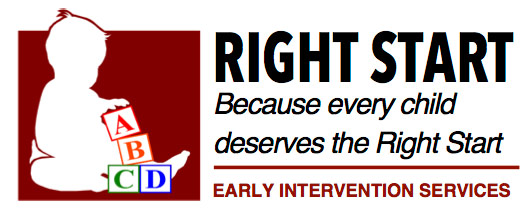It is the most effective intervention proven by research for children with autism. It is recommended by CDC, surgeon general and endorsed by many credible organizations.
Children with autism can learn many skills, but may require specific strategies and techniques in order to address their learning needs. ABA providers know how to utilize your child’s motivation effectively to help them to become more successful learners. Children with autism can learn many skills, but they are usually challenging to teach.
Behavior Analysts have the tools to effectively work with individuals by using many research based principles and teaching methods, such as reinforcement, shaping, breaking skills into small manageable units, using prompts and fading prompts effectively, etc. We use a behavioral approach to teach many skills such as language, cognitive, social, self-care and motor skills.
Many children with autism also have problem behaviors that can interfere with their learning. Our ABA professionals will analyze these behaviors and develop a behavior intervention plan to decrease these behaviors. We train the caregivers in using these behavioral strategies so that the behaviors will decrease across all settings.
ABA strategies may be applied in a structured 1:1 setting, as well as within your child’s natural activities and environment. An individual treatment plan will be developed to include the methods that are most effective in meeting your child’s goals.
Parents and other caregivers play an important part in making ABA therapy successful. We strongly encourage parents to be active participants during the therapy process by communicating your observations and concerns as well as carrying over strategies that are recommended by your ABA providers.
At Right Start Inc we carefully measure the progress through data collection and use data to guide our treatment approach.
What Parents Should Expect From ABA Therapy
Your child has autism are words that no parent can ever be fully prepared to hear. It’s a diagnosis that raises fears and endless questions—what will my child’s future look like? Can he or she learn? Why did this happen? Do autism treatments work? What can I do?
Both a blessing and a curse, the volume of information available at our fingertips on various autism therapies—ranging from conventional treatments to controversial and unproven medical interventions—is seemingly limitless. Many eager parents quickly fall into the proverbial rabbit hole of research, leaving them feeling overwhelmed and confused.
So where is a good place to start for parents with a child recently diagnosed with Autism Spectrum Disorder (ASD)?
Applied Behavior Analysis, better known as ABA, has helped children with autism make remarkable progress for more than 40 years.
This blog will help to demystify the process and answer some of the most common questions parents have about ABA therapy and how it can help their child on the spectrum.
How Effective is ABA Therapy for Autism?
With an efficacy backed by literally hundreds of research studies, ABA is, without question, the most widely used and effective treatment for autism today. Both the U.S. Surgeon General and the American Psychology Association recognize it as an evidence-based practice for the treatment of autism.
Therapists have used Applied Behavior Analysis to help children with autism and related developmental disorders since the 1960’s and many parents in the years since have sung its praises as a catalyst for dramatic improvements in behavior and the adoption of new and important skills.
ABA training is most effective if therapy begins under the age of five but older children—even adults—can benefit. Applied Behavior Analysis can begin as early as eighteen months.
Significant therapeutic and cognitive gains for intensive and early behavioral intervention are well-documented.
What Kind of Behaviors and Skills Can ABA Therapy Improve?
Children with autism often engage in disruptive behaviors like spinning, flapping, self-harm, and avoidance of disliked activities. ABA therapists work to replace these maladaptive behaviors with responses that are more conducive to general classroom settings and participation in childhood experiences so vital for development.
ABA is effective at teaching children a wide range of behaviors and skills involving:
- Language and communication
- Behavior management
- Hygiene, dressing, toilet training, chores
- Following directions
- Compliance
- Sharing, eye-contact, taking turns
- Reading, memory, focus, and attention
While there is no cure for autism, ABA therapy can help children overcome deficits and, in milder forms of the disorder, help them to catch up to their neurologically normal peers. It is the most effective and studied evidence-based tool in the autism therapy arsenal.
Applied Behavior Analysis for the treatment of autism is not a quick fix and can take years of intensive sessions, depending on the severity of the impairments. But the ABA success stories over the past four decades speak for themselves.

